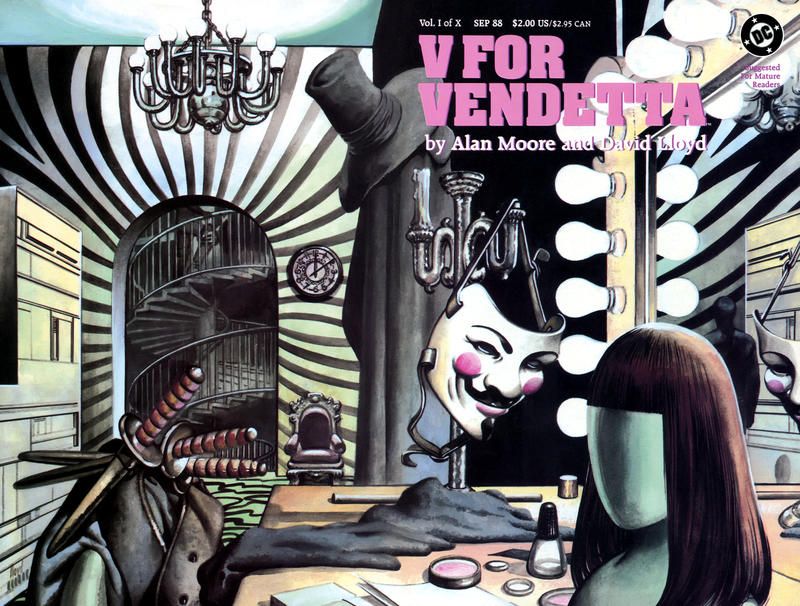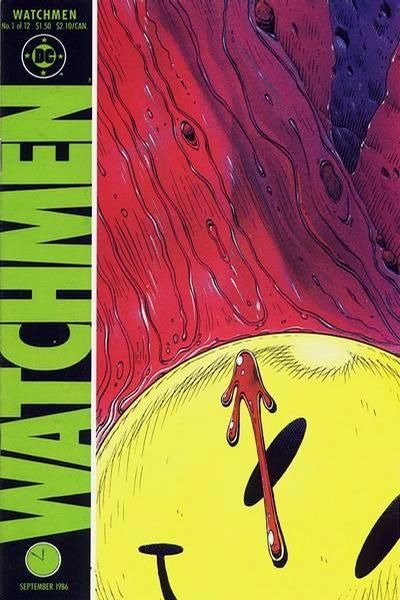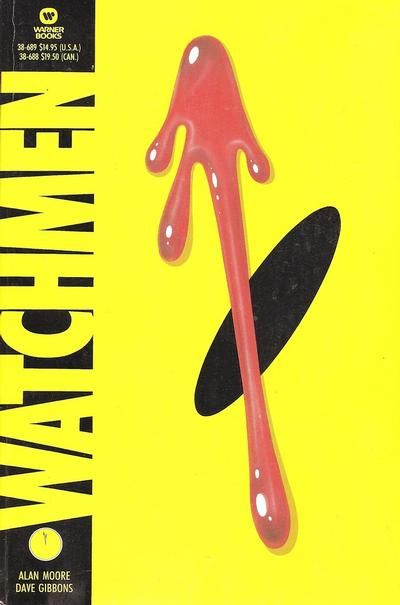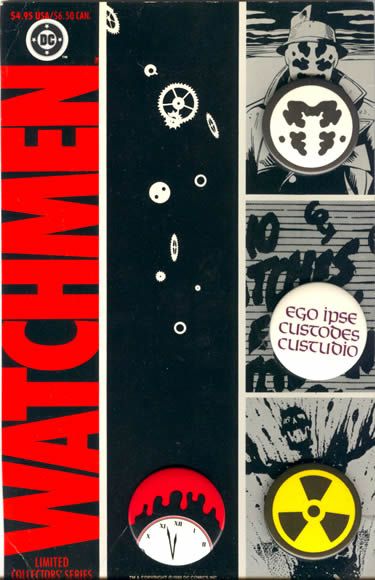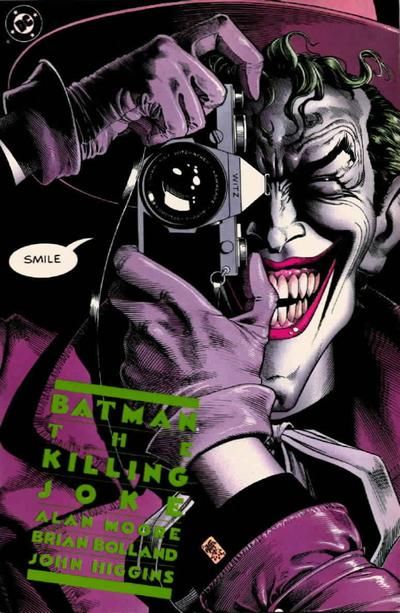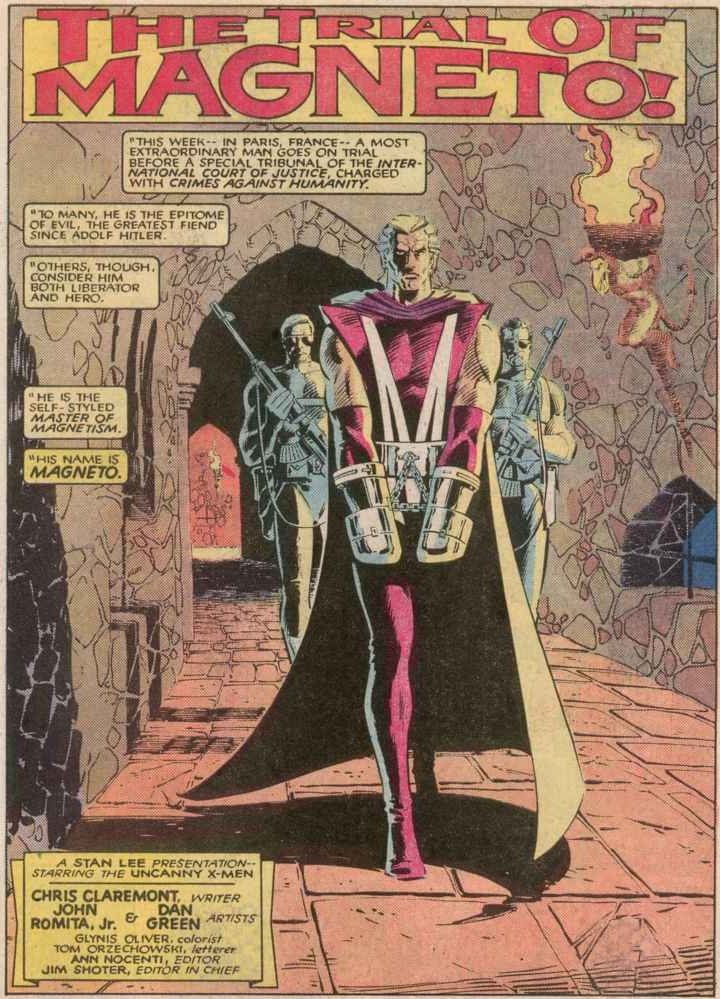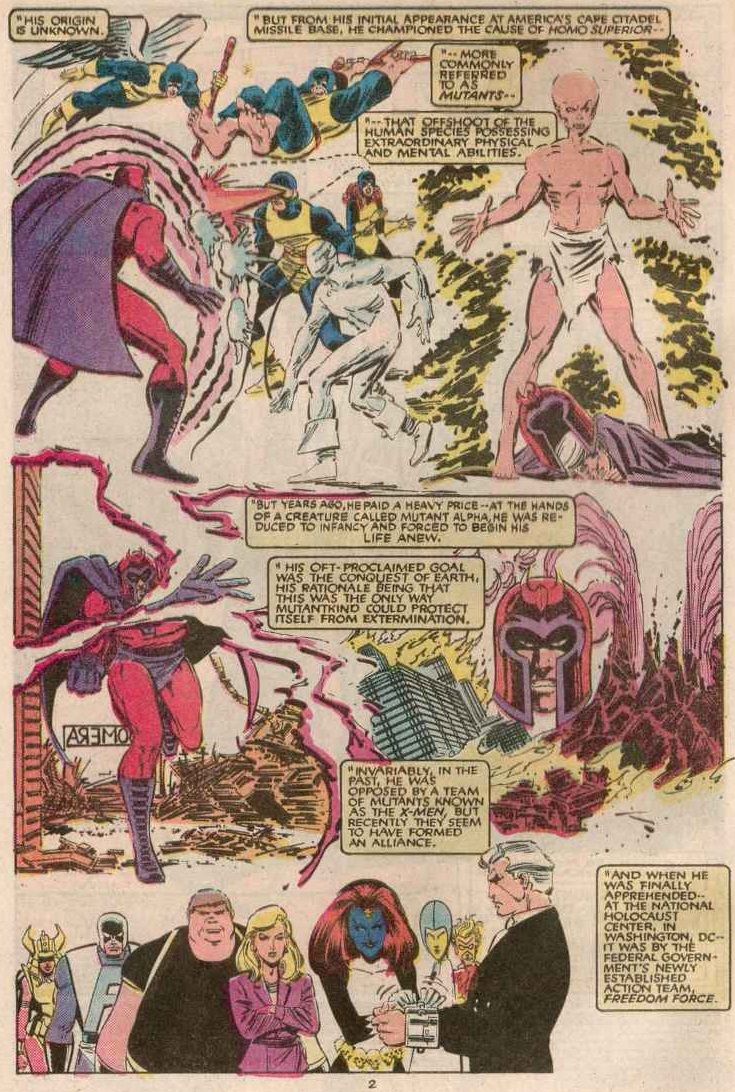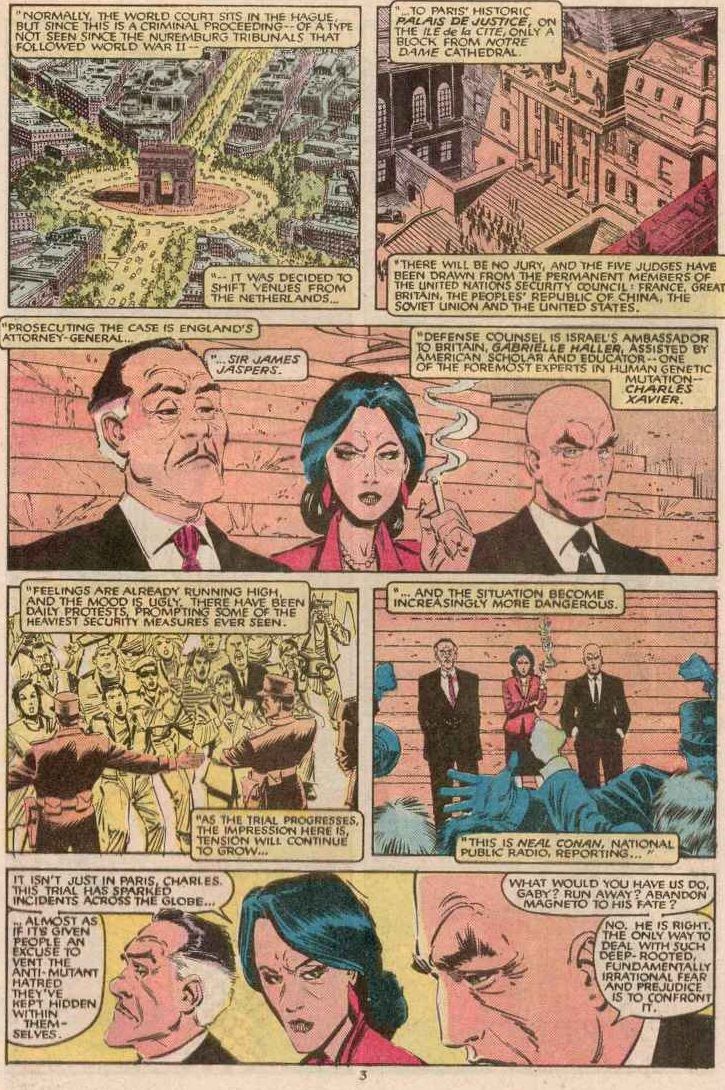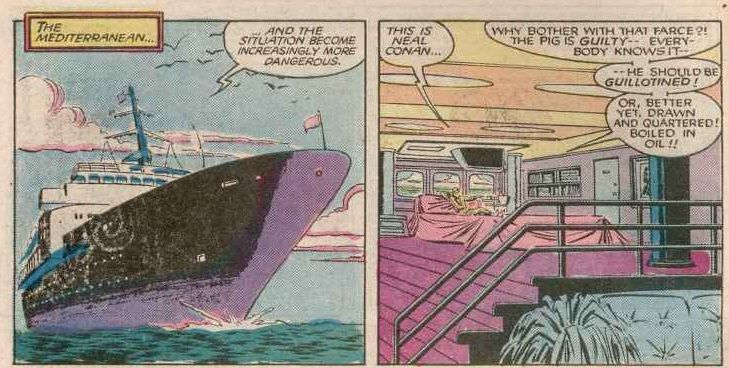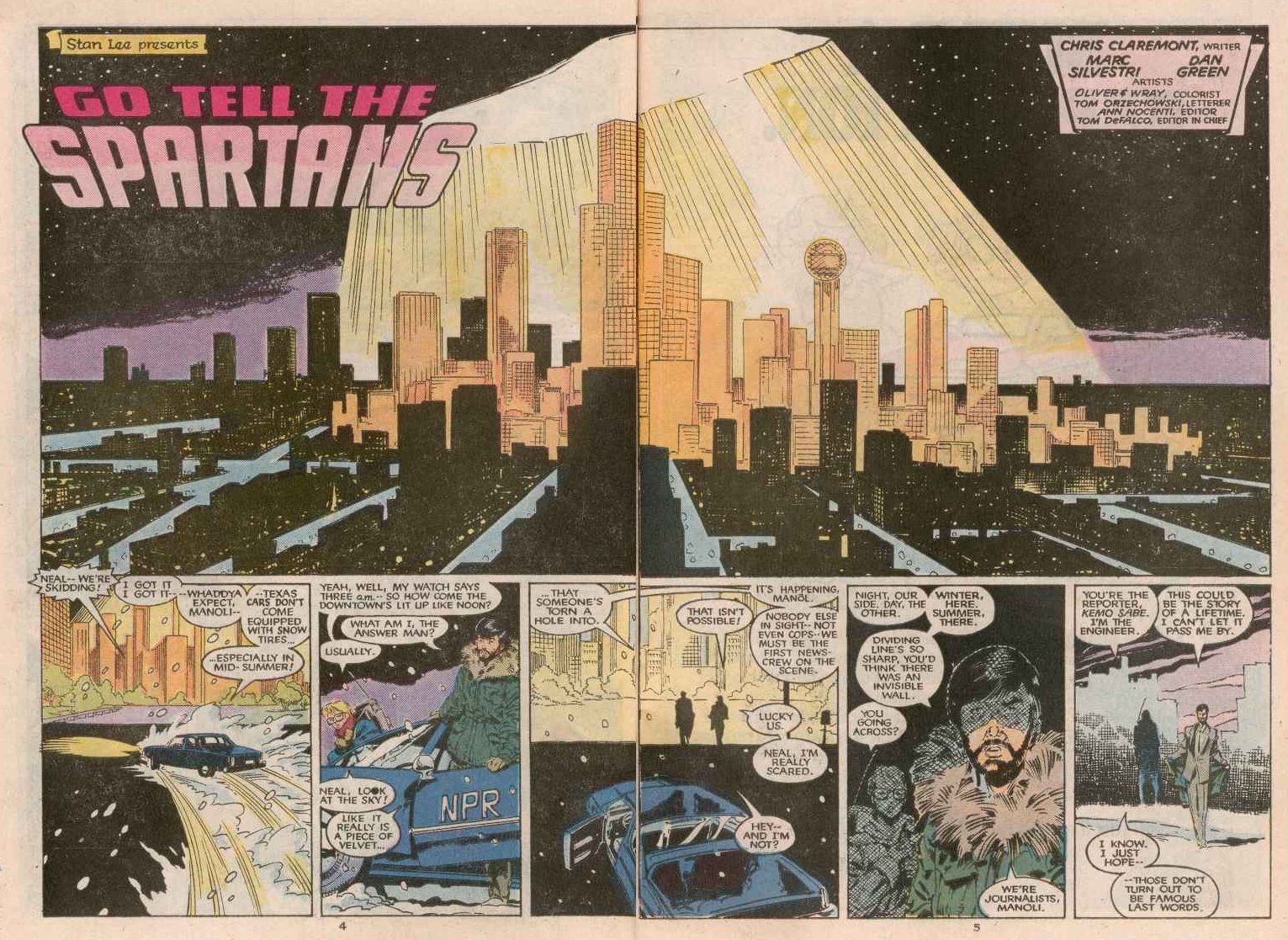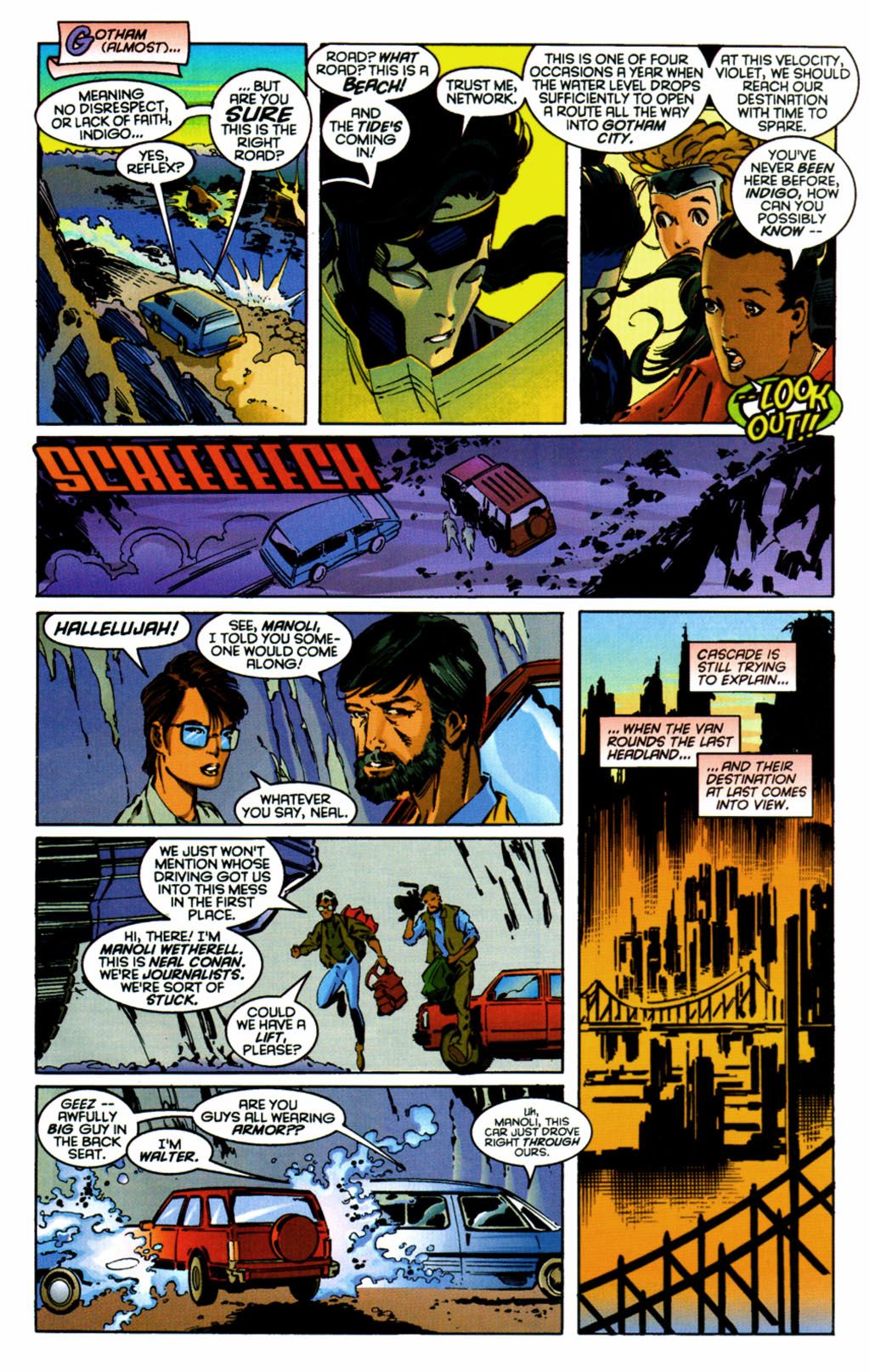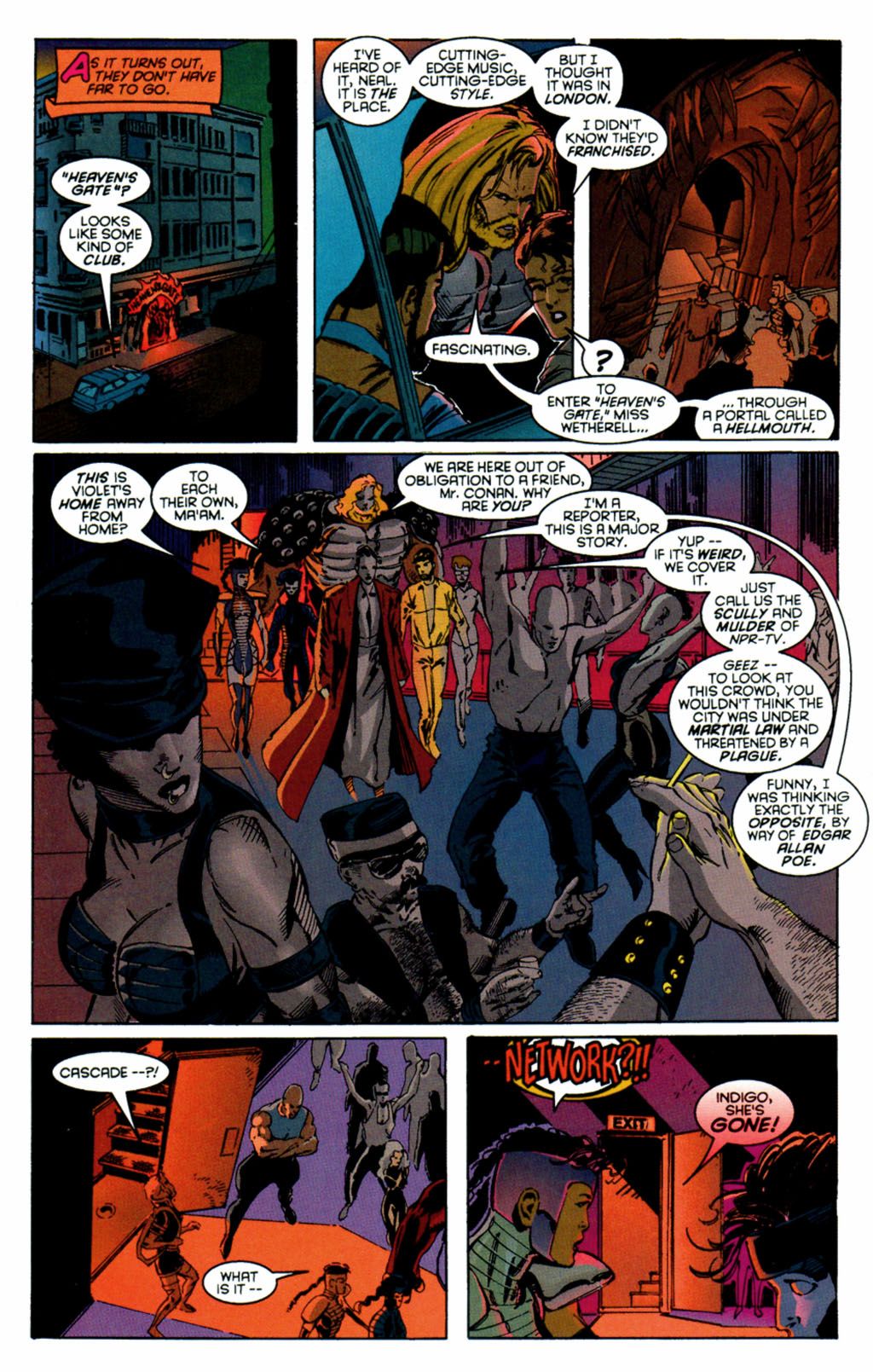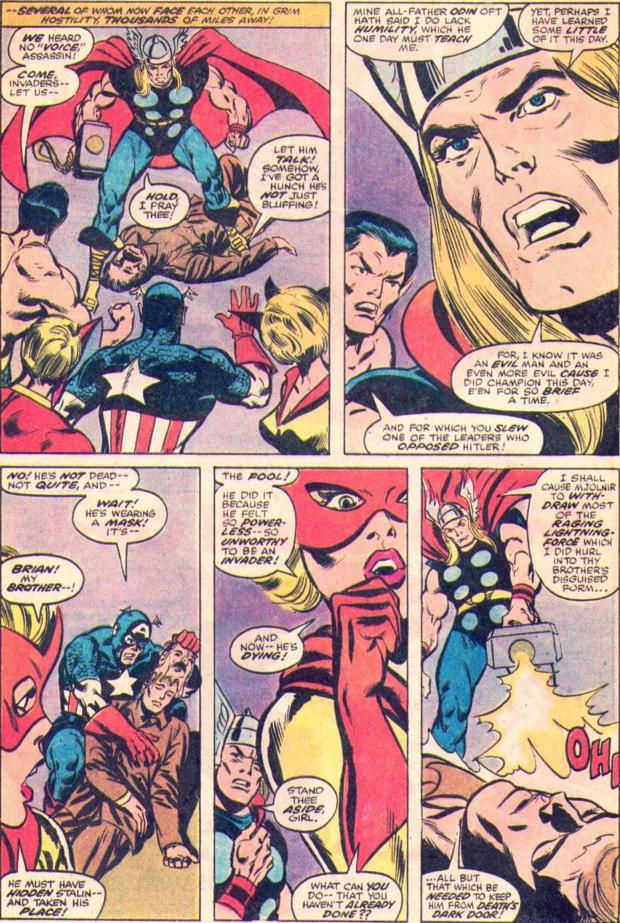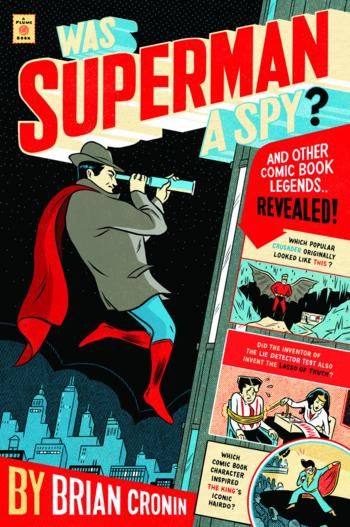Welcome to the four hundred and forty-first in a series of examinations of comic book legends and whether they are true or false. Click here for an archive of the previous four hundred and forty. This week, just WHY did Alan Moore split from DC Comics in the first place? What real life person had to prove that he wasn't a Marvel Comics character before appearing in a DC Comic? And finally, what's the deal with Mjolnir appearing on military tombstones?
Let's begin!
NOTE: The column is on three pages, a page for each legend. There's a little "next" button on the top of the page and the bottom of the page to take you to the next page (and you can navigate between each page by just clicking on the little 1, 2 and 3 on the top and the bottom, as well).
COMIC LEGEND: Alan Moore split from DC Comics over his dissatisfaction over how DC was handling Watchmen.
STATUS: False Enough for a False
One of the interesting things about looking back on history is how often we get caught up in what I like to call false syllogisms. You know, "Alan Moore had a problem with how DC Comics handled Watchmen" and "Alan Moore quit working for DC Comics" becomes, through syllogism, "Alan Moore quit working for DC Comics because he had a problem with how DC Comics handled Watchmen." I wrote as much a few weeks back for a Comic Book Legends Revealed involving a squelched Mr. Monster/Swamp Thing crossover that was aborted because of Moore quitting DC Comics. I wrote, "right before [Mr. Monster creator Michael T.] Gilbert began to actually produce the story, Alan Moore had his split with DC Comics over Watchmen and without Moore, obviously there was no project left."
However, that's not actually WHY Alan Moore quit DC Comics. Or at least, it was not the MAIN reason Moore quit DC Comics.
It reminds me of a Movie Urban Legends Revealed a did a while back where people have always believed that Ron Howard was cast in Happy Days (which debuted in 1974) because of his success in the similar-themed film American Grafitti (which came out in 1973). The answer is a lot more complicated than that (you can read it here), but the gist of it is that yes, obviously American Graffiti had AN influence on Howard getting Happy Days, but not in the direct fashion that you might think. Similarly, Moore's concerns over Watchmen had a major influence over his departure from DC, but not the way that you think (and, clearly, the way that I thought, hence my above quote from the CBLR a few weeks ago). Reader Kevin J. Maroney pointed out where I was offbase on my timeline.
To refresh, Alan Moore and Dave Gibbons did Watchmen for DC Comics in 1986-1987...
The series was a major success and DC soon began to capitalize on the success of the project with one of the best-selling comic book trade paperbacks ever in late 1987...
But also merchandise tying into the book, like a Watchmen watch...
And, controversially, a Watchmen badge set....
The controversy came from the fact that DC did not pay Moore or Gibbons royalties on the sales of the badges, deeming them "promotional items." This, naturally, irked the shit out of Moore and Gibbons.
So this and the fact that as long as Watchmen stayed in print, DC would own the rights, and the book was so popular that it was clear that it would never be OUT of print, are typically the reasons people give for why Alan Moore left DC Comics.
That is not the case. Instead, it was in response to DC Comics considering instituting a ratings system for their comics, something a number of comic book creators protested in 1987. In the end, DC sort of kind of backed off, at least enough that it allowed the other creators involved in the protest to go back to work for DC Comics (even though DC clearly went through with having a ratings system, since they began putting For Mature Readers Only on titles). Moore, though, was resolute.
In a famous interview with Gary Groth in The Comics Journal #118, Moore explains his reasoning...
I signed the petition to make them aware that I disagreed with it. DC reiterated their stance upon the rating system, which seemed to me to indicate that they had no intention of changing their position. And when that became clear, I simply quit. It was as simple as that. I certainly didn’t want at any point to indulge in any form of moral terrorism. I’ve stressed this very clearly to Karen Berger. When I was talking to Karen over the phone, she was asking me, basically, what sort of chance there was of me coming back to DC, and what DC would have to do for me to work at DC again. I explained to Karen at the time that there was very little chance of me returning to work at DC because, basically, that wasn’t what I’d been attempting to do. I hadn’t been quitting DC as a bargaining point, but simply been quitting DC. To me, that was the full stuff. It wasn’t an attempt to say, “Well, I’m going to quit DC unless you do this, this, and this,” because that, in my opinion, would have been bringing the same sort of pressure on DC as I was criticizing the various retailers of bringing to bear. So if I had been angling with DC to try and get them to cave in, I certainly wouldn’t have told Karen that there was no chance of getting me back because that would have been the only possible bargaining tool thrown straight out the window. But I was very adamant about that, that it wasn’t an act of moral terrorism. It was purely the only way that I thought that I had been left of registering my disapproval of DC’s new system.
As Moore explains in the interview (you really should go read the whole thing), the other stuff certainly also played a role, but much of it came about AFTER he had already decided to quit DC Comics because of the ratings system.
"But wait, Brian!" you might exclaim in ear-piercingly high decibels, "Moore did The Killing Joke in 1988...
and V for Vendetta all the way through 1989!
So he couldn't have quit DC Comics in 1987!"
This is actually something that Moore himself was quite irked at, and he explained as such to George Khoury in Khoury's excellent book, The Extraordinary Works of Alan Moore. Moore pointed out that he had signed contracts to do Killing Joke and V for Vendetta before he quit and he was not going to break the contracts. He would honor them and then he would be done at DC. Moore believed that someone at DC leaked to the fan press that Moore was continuing to do work at DC (specifically new V for Vendetta scripts) after vowing to quit them and naturally it pissed Moore off, because he knew that it was not new work, but rather previously contracted work.
So there you go, that's how Alan Moore came to leave DC Comics (the first time).
Thanks to Kevin for the correction and, in its own way, a great suggestion!
Thanks to WatchmenComicMove.com for the images of the watch and the badge set. I love their take on how expensive the watch was at the time, "To add insult to injury, this hunk of plastic cost a whopping $25. Think about that for a minute — this was in 1986. A Toyota Celica cost $25 in 1986."
Check out some Entertainment Urban Legends Revealed!
What’s the Secret Origin of Scooby Doo?
Did George Bernard Shaw Use a Brutal Putdown on Isadora Duncan?
On the next page, did Chris Claremont need to get legal permission from DC Comics to have a real person show up in Sovereign Seven?
COMIC LEGEND: Chris Claremont had to get legal permission from DC Comics before he used Neal Conan in Sovereign Seven.
STATUS: True
Longtime X-Men fans might recall how Chris Claremont used real-life National Public Radio personalities Neal Conan and Manoli Wetherell in X-Men comics.
He first used Conan in Uncanny X-Men #200 as a means of exposition...
But eventually both Conan and Wetherell appeared in the X-Men comics proper...
Claremont was good friends with both Conan and Wetherell in real life, hence their appearances in his comics. Reader John, though, wrote in with a great story he heard from Conan about a LATER appearance of the pair. Here's John...
Since Sovereign Seven was a DC book, Conan said there was some controversy about him being used in that book. According to Conan, they had a room full of lawyers discussing whether or not he was a Marvel Comic book character. Conan said he was relieved when the lawyers finally decided that yes, he was in fact a real person. That allowed Claremont to use him in Sovereign Seven.
Here they are in Sovereign Seven #10...
Awesome story, John!
Check out some classic Comic Book Legends Revealed involving real life people appearing in comics!
Did Woody Allen show up in an issue of Showcase?
What famous comic book writer is featured on the cover of Swamp Thing's first appearance?
What famous TV reporter met Count Duckula in the pages of Duckula's comic book??
On the next page, what's the U.S. Military's problem with Mjolnir?
COMIC LEGEND: The U.S. Military used to not allow servicemen and women to have Mjolnir appear on their tombstones.
STATUS: True
Yesterday, I did a piece about the oddest powers that Thor's hammer, Mjolnir, has demonstrated over the years, like bringing someone back to life after being zapped with lightning...
The piece inspired reader Frank W. to write in to ask about a story he read a while ago about military folk not being allowed to have Mjolnir on their tombstones.
The story IS true, Frank, but it really doesn't have anything to do with the comic book Thor. Instead, it represents a longstanding battle between pagan servicemen and women and the United State Military to allow them to acknowledge their beliefs on their tombstones.
For years, the U.S. Military would not allow pagan symbols on the tombstones of deceased servicemen and women. So you had to just go without a symbol.
The reasoning was not exactly strong and over the last ten years or so it has slowly but surely eased up and more and more pagan symbols began to be allowed.
Finally, just this past May, the U.S. Department of Veterans Affairs updated its list of approved emblems, and now people who practice Odinism (I believe that's the term, right?) can now put the following symbol for Thor's hammer on their tombstones...
Neat stuff.
Thanks for the suggestion, Frank!
Check out the latest edition of my weekly Movie/TV Legends Revealed Column at Spinoff Online: Did Star Wars toys keep Han Solo from dying in the Return of the Jedi?
Okay, that's it for this week!
Thanks to the Grand Comics Database for this week's covers! And thanks to Brandon Hanvey for the Comic Book Legends Revealed logo!
Feel free (heck, I implore you!) to write in with your suggestions for future installments! My e-mail address is cronb01@aol.com. And my Twitter feed is http://twitter.com/brian_cronin, so you can ask me legends there, as well!
Here's my newest book, Why Does Batman Carry Shark Repellent? The cover is by Kevin Hopgood (the fellow who designed War Machine's armor).
If you want to order a copy, ordering it here
gives me a referral fee.
Follow Comics Should Be Good on Twitter and on Facebook (also, feel free to share Comic Book Legends Revealed on our Facebook page!). Not only will you get updates when new blog posts show up on both Twitter and Facebook, but you'll get original content from me, as well!
Also, be sure to check out my website, Urban Legends Revealed, where I look into urban legends about the worlds of entertainment and sports, which you can find here, at urbanlegendsrevealed.com.
Here's my book of Comic Book Legends (130 legends - half of them are re-worked classic legends I've featured on the blog and half of them are legends never published on the blog!).
The cover is by artist Mickey Duzyj. He did a great job on it...(click to enlarge)...
If you'd like to order it, you can use the following code if you'd like to send me a bit of a referral fee...
Was Superman a Spy?: And Other Comic Book Legends Revealed
See you all next week!

